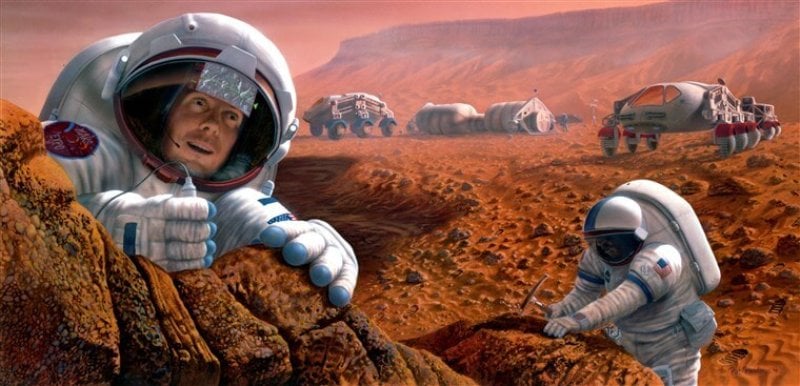Though it is the most livable non-Earth planet within our grasp, Mars is brutally hostile to life: It is as cold as Antarctica, has less oxygen than Mount Everest, is prone to hurricanes of toxic dust and suffers constant bombardment from lethal radiation. Infrastructure for even the grimmest human existence must be ferried from Earth. Before humans could build housing from Mars bricks or plant crops in Martian soil, they would need brickmaking machines and greenhouses. A Mars mission demands vastly more material than humans have ever boosted into space, weight that presents engineering challenges on both ends of the journey. We need larger rockets to escape Earth, heat shields to enter the Martian atmosphere and some sort of braking system to land safely. We have none of these ready yet.
To write that paragraph, I had to gloss over a raft of more complicated challenges. In the absence of sufficient oxygen, astronauts on Mars would probably rely on solar panels to generate electricity for splitting water into hydrogen and oxygen. So add solar panels to the freight manifest. Also ice-mining equipment to recover frozen water from underground.
Exploration is human nature — but so is the use of tools. Let’s be smart and build tools to take us to Mars without the likelihood of dying there.































